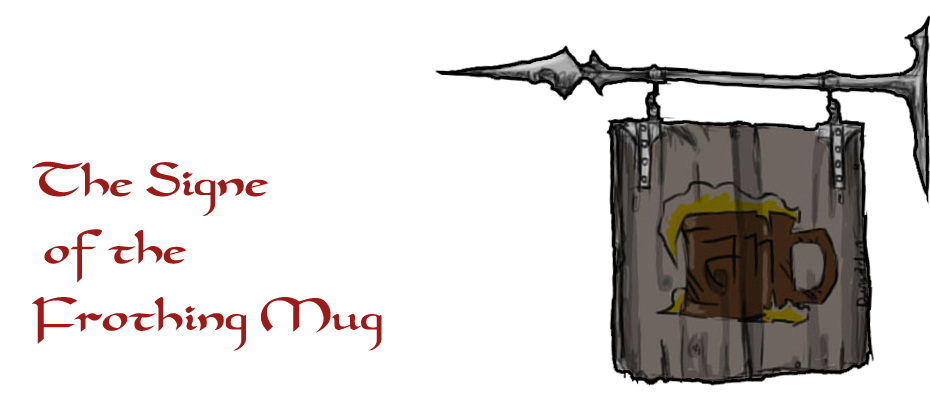In between writing long briefs and reading vast treatises of law I've been delving into some classical history. Plutarch, Tacitus, and Suetonius were my most recent forays, and it occurs to me that there is an interest disparity between the way the pagan classical world worshipped and the way characters worship in D&D. I don't know if I've found a solution that will bring the 10th Age and the historical world in harmony yet (admittedly, some of the 10th Age religions do follow this standard, but it was more because I couldn't envision how a grand-scale church would function for that faith).
The idea runs thusly: every temple-site in the classical world appears to have been an independently operating cult. That is, a temple to Apollo at Athens and, say, the temple-complex at Delphi appear to be fully independent organizations without shared hierarchy or contact. Whichever iteration of a cult has the most sway at any given time determines which is seen as the "leading" version of the faith, and they are all acknowledged to worship the same deity, but in many cases the individual cults represent different incarnations or aspects of the deity. This can most clearly be seen in the many versions of Jupiter or Mars worshipped by the Romans—Jupiter Capitolinus, for example, put up against Jupiter Fulgore. In his guise as Capitolinus (and in his temple located on the Capitoline hill) Jupiter was the patron of statesmen. In his guys as Fulgore, he was the dangerous thunderer.
It seems to me that Birthright actually got this more correct than normal D&D did, what with the regional temple-organizations that are frequently at odds (The Northern Temple of Haelyn, the Imperial Heart of Haelyn, etc.) It's an interesting dynamic, one which shakes the veil of medievalism even further, as the medieval West was dominated by an integrated church. Though various loci were semi-independent and though the power in the early middle ages resided mostly in the local level (in the hands of bishops), it was nevertheless a different beast in its essential form from any of the many cults of the ancient world.
For now, I think, the temples of the 10th Age will grow slightly more fractured. I'm wondering if I should introduce oracular sights throughout the world as they were believed to be scattered through the ancient world—my own Sibyls, as it were. I'm still on the fence.

No comments:
Post a Comment